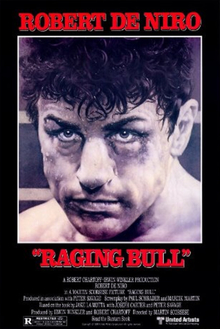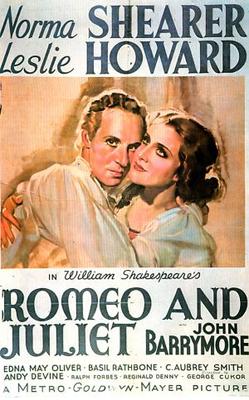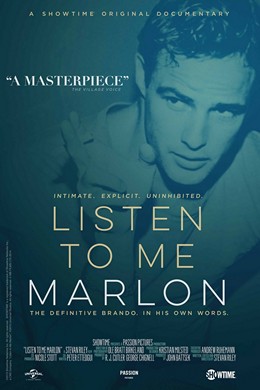 |
| Gregory Peck and Jennifer Jones in Duel in the Sun |
Lewt McCanles: Gregory Peck
Jesse McCanles: Joseph Cotten
Senator Jackson McCanles: Lionel Barrymore
Scott Chavez: Herbert Marshall
Laura Belle McCanles: Lillian Gish
The Sinkiller: Walter Huston
Sam Pierce: Charles Bickford
Lem Smoot: Harry Carey
Mrs. Chavez: Tilly Losch
Vashti: Butterfly McQueen
Director: King Vidor
Screenplay: David O. Selznick, Oliver H.P. Garrett
Based on a novel by Niven Busch
Cinematography: Lee Garmes, Ray Rennahan, Harold Rosson
Production design: J. McMillan Johnson
Film editing: Hal C. Kern
Music: Dimitri Tiomkin
This is a bad movie, but it's one distinguished in the annals of bad movies because it was made by David O. Selznick, who as the poster shouts at you was "The Producer Who Gave You 'GONE WITH THE WIND.'" Selznick made it to showcase Jennifer Jones, the actress who won an Oscar as the saintly Bernadette of Lourdes in The Song of Bernadette (Henry King, 1943). Selznick, who left his wife for Jones, wanted to demonstrate that she was capable of much more than the sweetly gentle piety of Bernadette, so he cast her as the sultry Pearl Chavez in this adaptation (credited to Selznick himself along with Oliver H.P. Garrett, with some uncredited help by Ben Hecht) of the novel by Niven Busch. Opposite Jones, Selznick cast Gregory Peck as the amoral cowboy Lewt McCanles, who shares a self-destructive passion with Pearl. Both actors are radically miscast. Jones does a lot of eye- and teeth-flashing as Pearl, while Peck's usual good-guy persona undermines his attempts to play rapaciously sexy. The plot is one of those familiar Western tropes: good brother Jesse against bad 'un Lewt, reflecting the ill-matched personalities of their parents, the tough old cattle baron Jackson McCanles and his gentle (and genteel) wife, Laura Belle. Pearl is an orphan, the improbable daughter of an improbable couple, the educated Scott Chavez and a sexy Indian woman, who angers him by fooling around with another man. Chavez kills both his wife and her lover and is hanged for it, so Pearl is sent to live with the McCanleses -- Laura Belle is Chavez's second cousin and old sweetheart -- on their Texas ranch. It's all pretentiously packaged by Selznick: not many other movies begin with both a "Prelude" and an "Overture," composed by Dimitri Tiomkin in the best overblown Hollywood style. It has Technicolor as lurid as its story, shot by three major cinematographers, Lee Garmes, Ray Rennahan, and Harold Rosson. But any attempt to generate real heat between Jones and Peck was quickly stifled by the Production Code, which even forced Selznick to introduce a voiceover at the beginning to explain that the character of the frontier preacher known as "The Sinkiller" (entertainingly played by Walter Huston) was not intended to be a representative clergyman. There are a few good moments, including an impressive tracking shot at the barbecue on the ranch in which various guests offer their opinions of Pearl, the McCanles brothers, and other things. Whether this scene can be credited to director King Vidor, who was certainly capable of it, is an open question, because Vidor found working with the obsessive Selznick so difficult that he quit the film. Selznick directed some scenes, as did Otto Brower, William Dieterle, Sidney Franklin, William Cameron Menzies, and Josef von Sternberg, all uncredited. The resulting melange is not unwatchable, thanks to a few good performances (Huston, Charles Bickford, Harry Carey), and perhaps also to some really terrible ones (Lionel Barrymore at his most florid and Butterfly McQueen repeating her fluttery air-headedness from GWTW).








